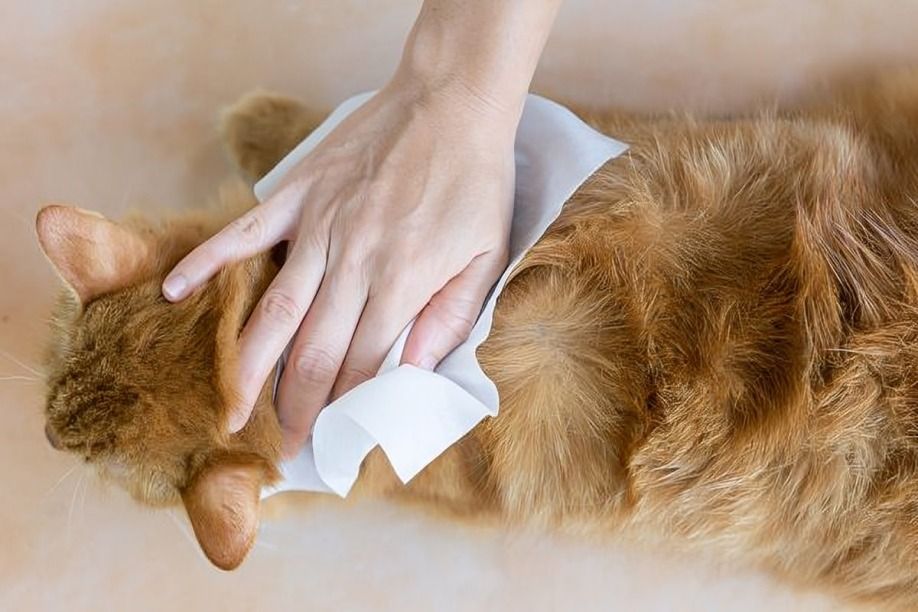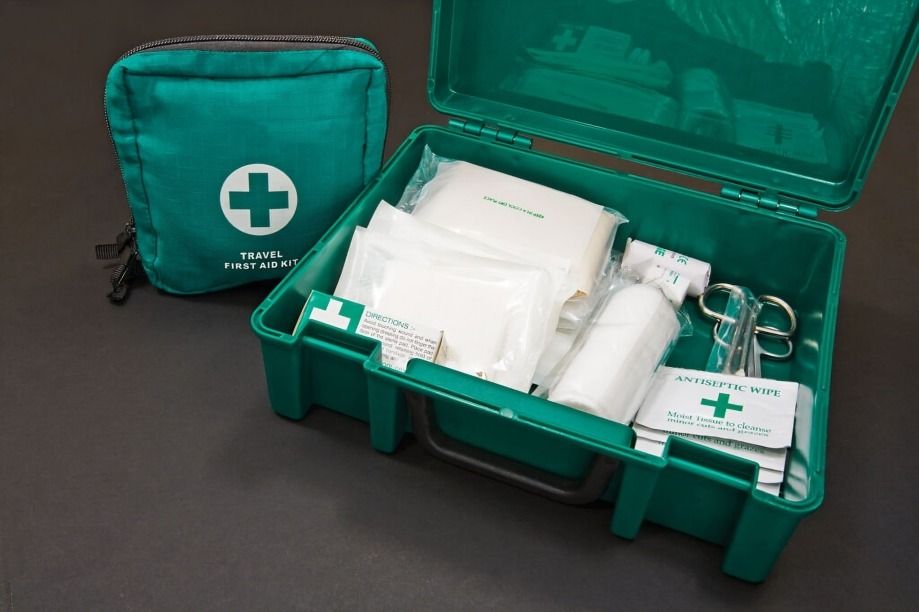
“
Antiseptic wipes are a ubiquitous tool in modern hygiene and first aid kits, prized for their ability to quickly and effectively disinfect surfaces and skin. From hospitals to households, these wipes are crucial in preventing infections and maintaining cleanliness. Yet, beyond their everyday use, antiseptic wipes hold a wealth of interesting facts and features that many might not be aware of. This article delves into 20 fascinating facts about antiseptic wipes, shedding light on their history, ingredients, uses, and impact on personal and public health. 1
1
”
Antiseptic wipes are specifically formulated to eliminate bacteria, viruses, and fungi on both surfaces and skin. They are widely employed for disinfecting wounds, thereby preventing infections and ensuring effective sanitation. 1
Most antiseptic wipes contain active ingredients such as alcohol (typically isopropyl alcohol) or benzalkonium chloride. These ingredients destroy microorganisms upon contact, making them essential in medical settings and everyday life. 2
Antiseptic wipes are individually packaged for convenience and sterility. This packaging ensures that each wipe remains effective until used, making them ideal for travel and emergencies. 3
They are a staple in first aid kits, providing quick and easy disinfection of minor cuts, scrapes, and burns. Their portable nature and ease of use make them invaluable in addressing minor injuries promptly. 4
Antiseptic wipes are available in various sizes to meet different needs. Whether for personal use, travel, or larger cleaning tasks, these versatile wipes ensure convenience and effectiveness in disinfecting and sanitizing surfaces and hands. 5
Beyond wound care, antiseptic wipes are used to sanitize surfaces, medical equipment, and personal items. They play a crucial role in preventing the spread of infections in homes, hospitals, and public spaces.6
Some brands offer alcohol-free antiseptic wipes, which are gentle on sensitive skin and suitable for individuals with allergies or skin conditions. These wipes often use alternative antiseptic agents like benzalkonium chloride. 7

Antiseptic wipes are used in veterinary medicine to clean animal wounds and sanitize equipment. They help prevent infections and promote healing in pets and livestock.
There is increasing demand for eco-friendly antiseptic wipes made from biodegradable materials. These wipes minimize environmental impact while maintaining effective disinfection properties. 8
Specialized antiseptic wipes designed for children are available. They are formulated to be mild and non-irritating, making them suitable for cleaning kids' minor cuts and scrapes.9
Athletes use antiseptic wipes to disinfect skin before and after activities, reducing the risk of skin infections. They are particularly useful in sports settings where hygiene is crucial. 10
Antiseptic wipes are regulated by health authorities to ensure they meet safety and efficacy standards. This oversight helps maintain their effectiveness and safety for consumer use. 11
Some antiseptic wipes are specially formulated to be sting-free, enhancing comfort when used on sensitive skin areas, particularly suitable for delicate regions, such as around the eyes or for use on children. 12
Some wipes are infused with moisturizers to prevent skin dryness. These wipes are designed to clean effectively while also hydrating and soothing the skin, making them ideal for regular use without causing irritation or discomfort. 13
Some wipes include aloe vera or other soothing ingredients to prevent skin irritation. These additives help calm and moisturize the skin, making the wipes gentle enough for sensitive areas while still effectively cleaning and disinfecting. 14

Antiseptic wipes are recommended for inclusion in emergency preparedness kits. They are essential for maintaining sanitation and preventing infections during emergencies and natural disasters.
Some wipes are specially formulated to eliminate a broad spectrum of bacteria, viruses, and fungi. Their antimicrobial properties make them effective for disinfecting surfaces and reducing the spread of germs. 15
In 1963, Actifresh introduced antiseptic wipes to the consumer market, making them widely accessible and revolutionizing personal hygiene with a convenient, effective solution for everyday disinfection. 16
Antiseptic wipes are a must-have for travelers. They are perfect for disinfecting airplane tray tables, hotel room surfaces, and public transportation seats, helping to prevent the spread of germs in high-traffic areas. 17
The demand for antiseptic wipes has surged during health crises like the COVID-19 pandemic. They are trusted for their ability to quickly disinfect surfaces and hands, contributing to public health efforts.18


